22 May 2023
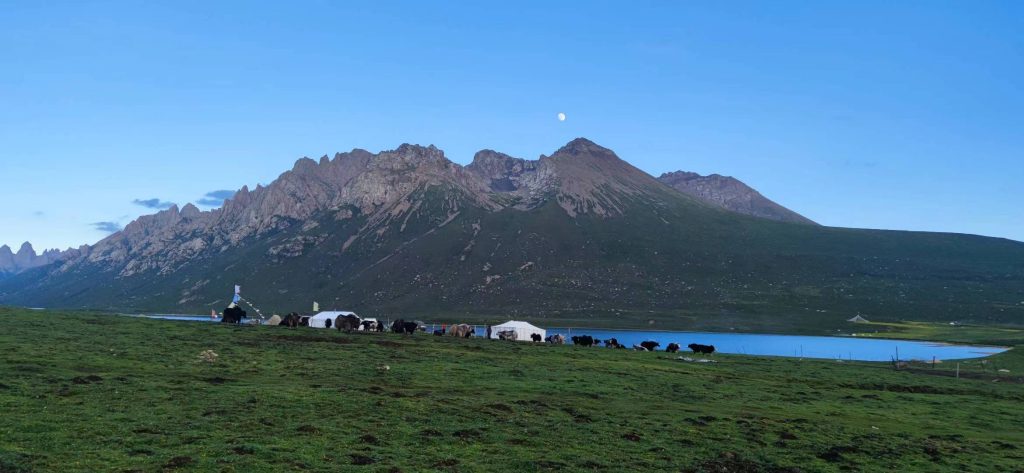
Qinghai-Tibetan Plateau, yak herders summer camp. Yak graze widely during the day and are brought back to the camp in the evening for milking (Credit J. Knops)
A new article published in the Journal of Animal Ecology suggests that current measures to protect grasslands in the Qinghai-Tibetan Plateau are damaging the ecosystem and should be stopped.
The existing policy, introduced in 2000, calls for the eradication of small burrowing mammals. These include the mountain-dwelling herbivores, the plateau pika, and a small rodent, the zokor. Both are keystone species and are known as ecosystem engineers due to their modification of and impact on the environment.
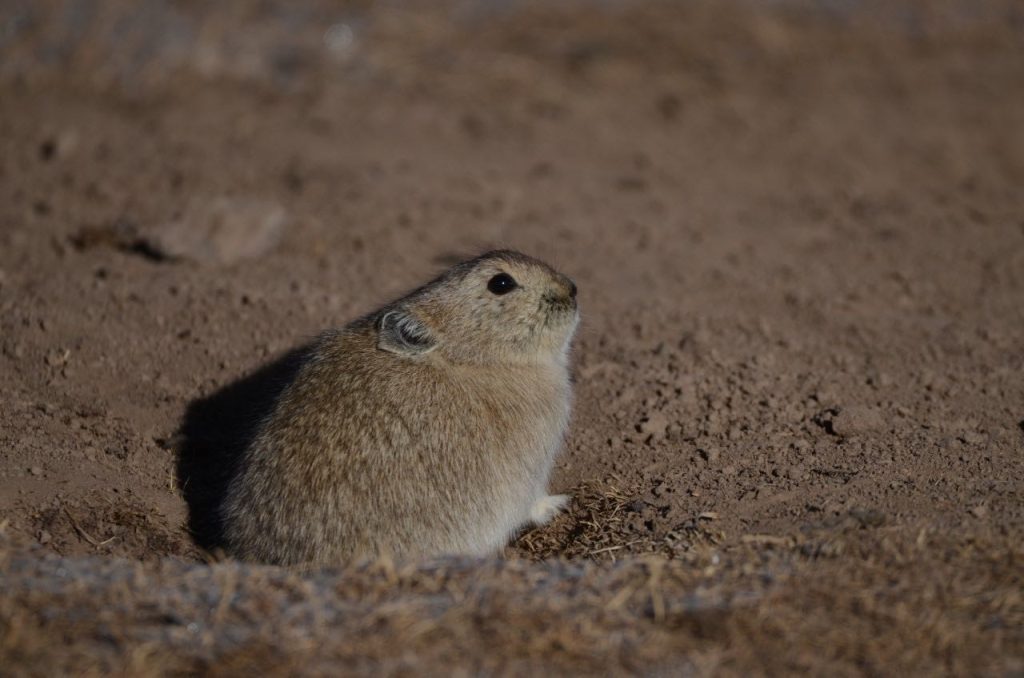
Pika, a keystone species and related to rabbits (Credit: KA Zhuo Cai Rang)
The report’s authors say that the current extermination programmes are not based on studies that considered the full effects of culling these small burrowing mammals.
“The government agency’s policy of conducting large-scale animal culling campaigns each year is not a good approach,” says Professor Johannes Knops from the Health and Environmental Sciences department at Xi’an Jiaotong-Liverpool University (XJTLU) and corresponding author.
Professor Knops and the first author, Dr Wenjin Li from the College of Ecology at Lanzhou University, propose replacing the eradication policy with a nature-based control strategy.
“Our research shows that using natural predators and other ecological factors to regulate burrowing mammal populations can be a more sustainable and effective approach to grassland management.”
The study has important implications for grassland management practices worldwide.
Small burrowing mammals are common in grasslands, and their eradication can negatively impact ecosystem health and productivity.
A balancing act
The Qinghai-Tibetan Plateau grasslands play a crucial role in the quality of water flowing into major Asian rivers, including the Yangtze, Yellow, Lancang-Mekong, Indus and Ganges. Grassland degradation can also increase the chance of flooding events.
The campaign to permanently eradicate plateau pikas and zokors is part of Chinese government agencies’ efforts to protect the grasslands.
The policy is part of a nationwide initiative, the Returning Grazing Land to Grassland project, and is based on the assumption that the small mammals cause damage to grasslands by consuming foliage and therefore compete with grazing livestock for food, and cause soil erosion.
However, the new study discusses the irrationality and consequences of this policy and reports that small burrowing mammals can actually help to prevent grassland degradation.
Professor Knops says: “If we look at the grasslands, we will find numerous plant species, and not all animals eat the same plants, so it is crucial to consider the entire food chain rather than killing all the small mammals.”
The authors also say that burrowing animals can increase plant diversity as they increase seed dispersion and light availability by consuming taller grasses. Their burrows provide refuges and habitats for other species and can help to decrease surface water runoff and soil erosion.
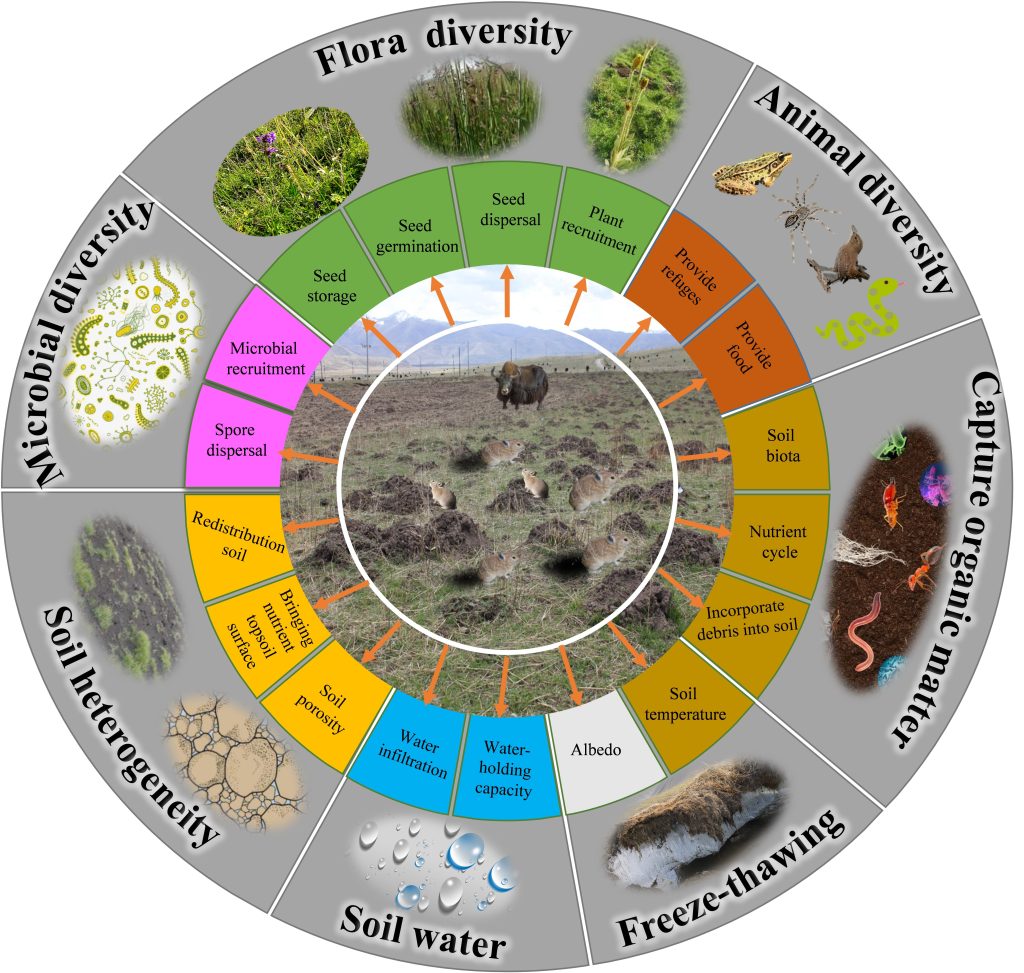
The ecological functions of small burrowing mammals in grasslands: The arrows indicate the positive impacts of small burrowing mammals on plant, animal, microbial and soil processes (Credit: Wenjin Li and Lanzhou University)
The researchers advise that the eradication policy needs to be reconsidered and revoked, as small burrowing mammals play crucial ecological roles in grassland management. They say that diminishing this population disrupts ecosystem processes and reduces biodiversity.
The research also suggests that the current poisoning method used to eradicate small burrowing mammals has several overlooked adverse effects.
Collateral damage
In the paper, the authors discuss the potential unintended consequences of using the high-cost and labour-intensive poisoning method to kill small mammals in grasslands. These include the development of resistance to poisons by target species and potential harm to non-target species.
Additionally, this policy can increase human-wildlife conflict by reducing natural predator populations and creating imbalances in the ecosystem.
Professor Knops explains: “It’s important to consider the knock-on effects of reducing the small burrowing mammal population. If there are fewer small mammals, there is less food for their natural predators, such as red foxes, steppe polecats, upland buzzards, brown bears and mountain weasels.
“Not only will these larger mammals start to look for alternative food sources and increasingly prey on livestock, causing more human-wildlife conflict, but their populations will also decrease.
“The eradication policy, therefore, causes the opposite effect to the one intended, as when the number of the pika and zokor’s natural predators is reduced, burrowing mammal populations can increase rapidly.
“This then requires more human control, which is costly and negatively impacts non-target species and the environment.”
Rethinking control
The researchers suggest the goal to control burrowing mammal populations should not be totally eradicated but can be regulated with a nature-based control strategy that uses natural predators and other environmental factors such as their preferred plant species and the height of vegetation.
The report proposes measures such as providing nesting spaces for raptors and reducing the over-grazing of livestock on the grasslands. This allows the grass to grow and keeps the small mammal population at a manageable level, as they prefer shorter vegetation.
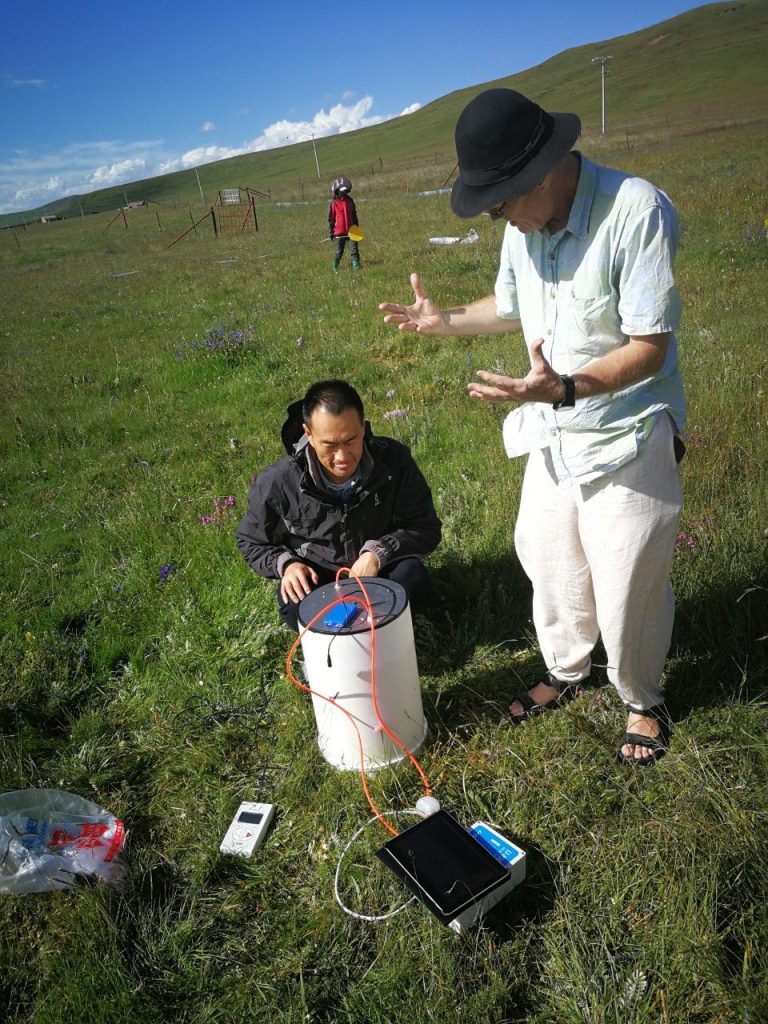
The research team conducting experiments on the Qinghai-Tibetan Plateau (Credit: Wenjin Li and Lanzhou University)
The authors argue that this approach is more effective and sustainable for long-term grassland management than traditional methods that rely heavily on human intervention and poisoning.
Professor Knops says: “By maintaining a stable, low density of burrowing mammals using natural predators and ecological factors, we can promote sustainable livestock grazing practices while also preserving biodiversity and reducing human-wildlife conflicts.”
Further research is needed to refine this approach and test its effectiveness in various grassland ecosystems. Still, the study’s findings offer important insights into the ecological roles of small burrowing mammals in grasslands and how their presence can benefit ecosystem health and productivity.
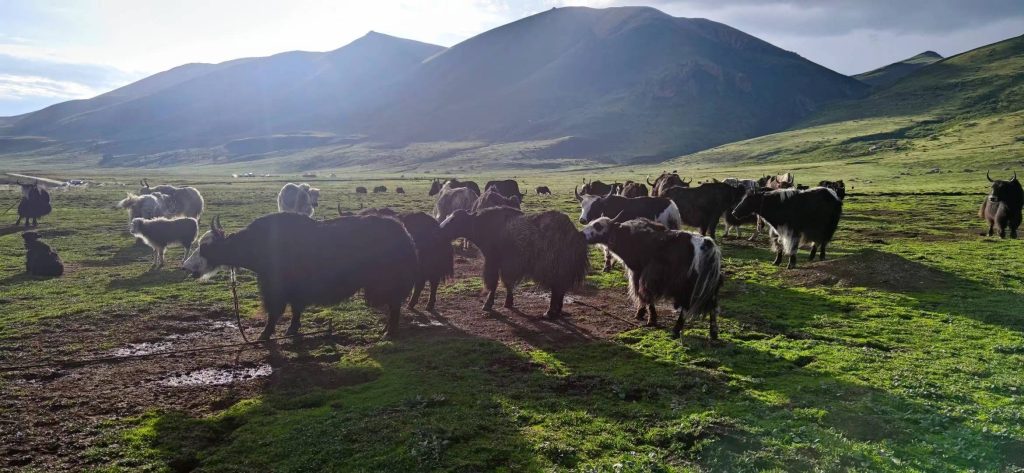
Yak livestock returning from grazing to be milked (Credit: J. Knops)
The study, Anchoring grassland sustainability with a nature-based small burrowing mammal control strategy, can be read here.
By Luyao Wang and Catherine Diamond
Edited by Patricia Pieterse
22 May 2023
RELATED NEWS

XJTLU researcher part of global team addressing knowledge gaps in biodiversity loss research
“Biodiversity loss is one of our biggest environmental challenges in the world, probably more important than climate change. The problem of climate change ca...
Learn more
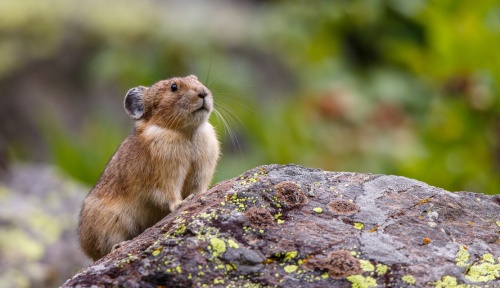
The Conversation: Creature that inspired Pikachu is being blamed for an ecological crisis – but it may be innocent
Known as the water tower of Asia, the Tibetan Plateau is where the mighty Yellow, Yangtze and Mekong rivers begin as tiny trickles. The plateau is also s...
Learn more

When money meets tradition: New cash incomes may impact local environment
At the UN Biodiversity Conference (COP 15) in October 2021, China’s President Xi Jinping proposed new goals for China’s Post-2020 Global Biodiversity Framewo...
Learn more







